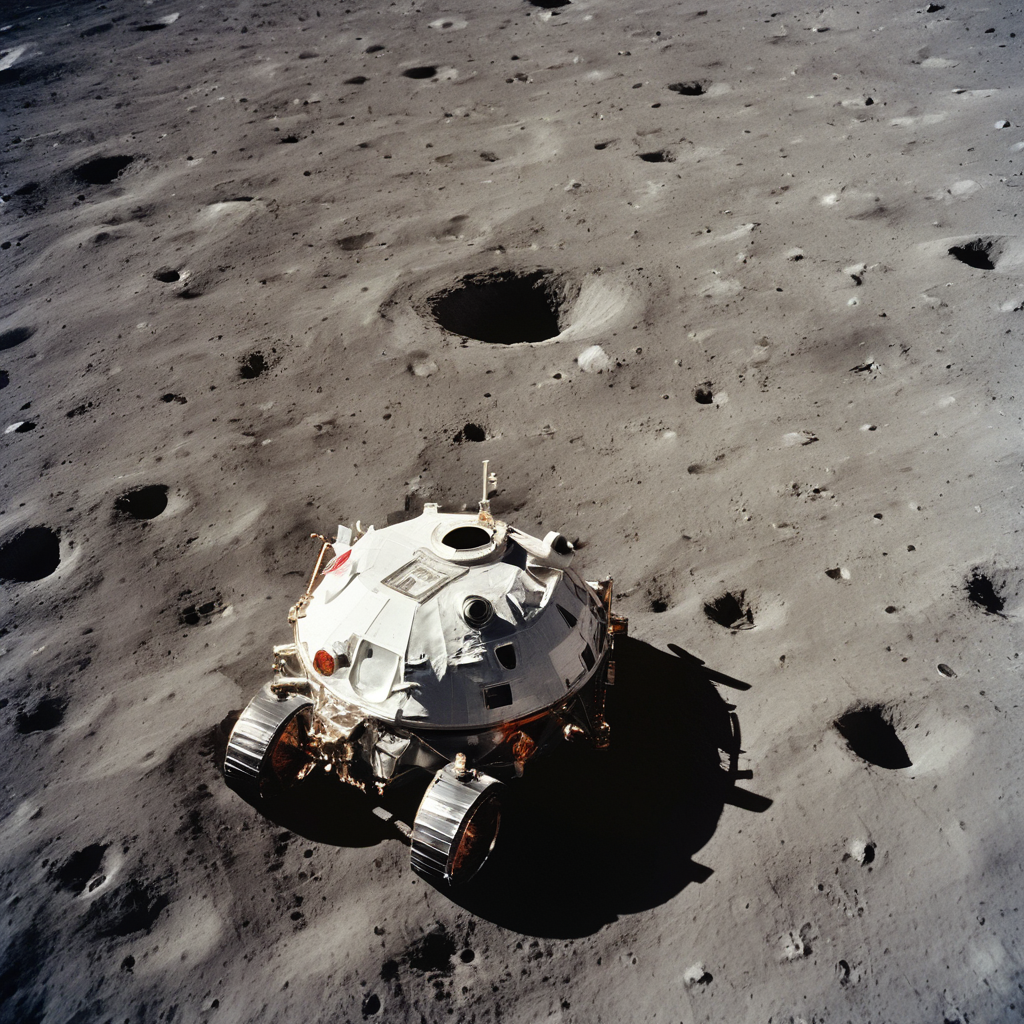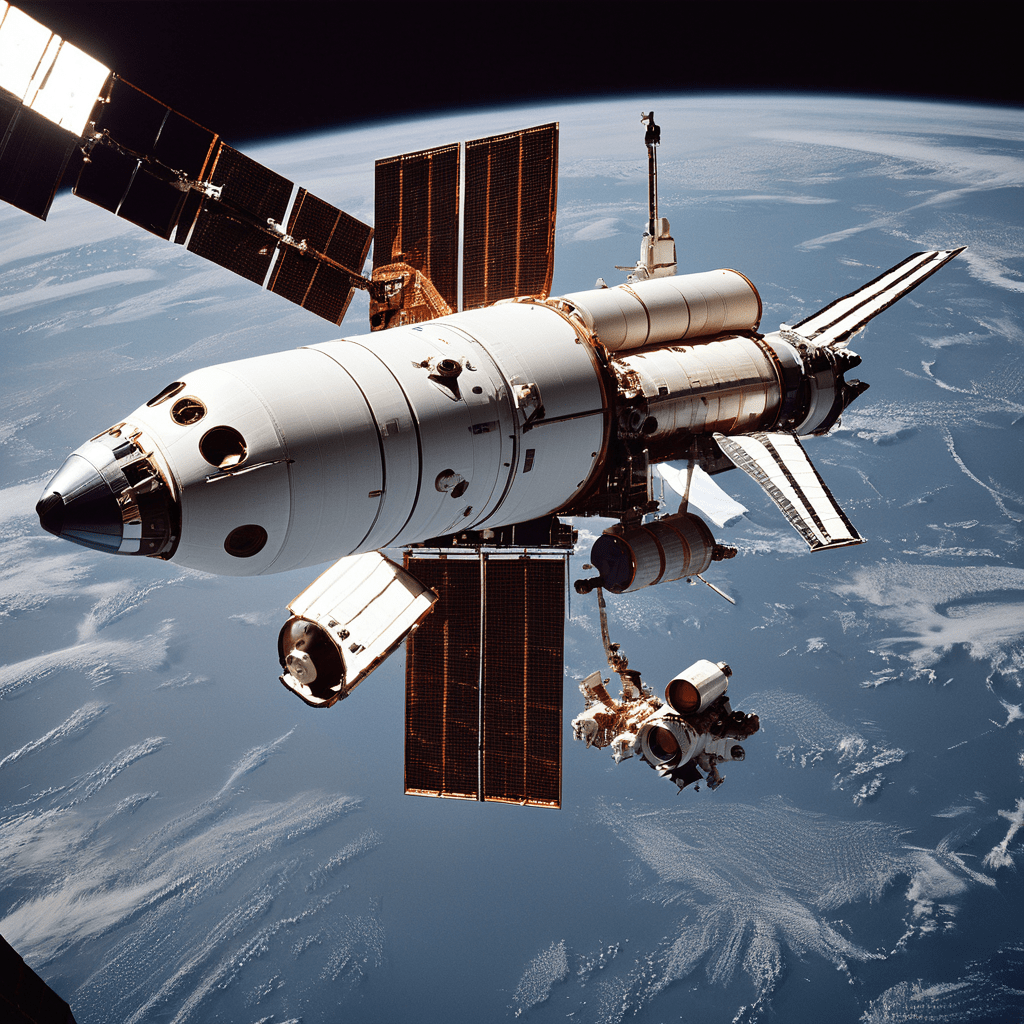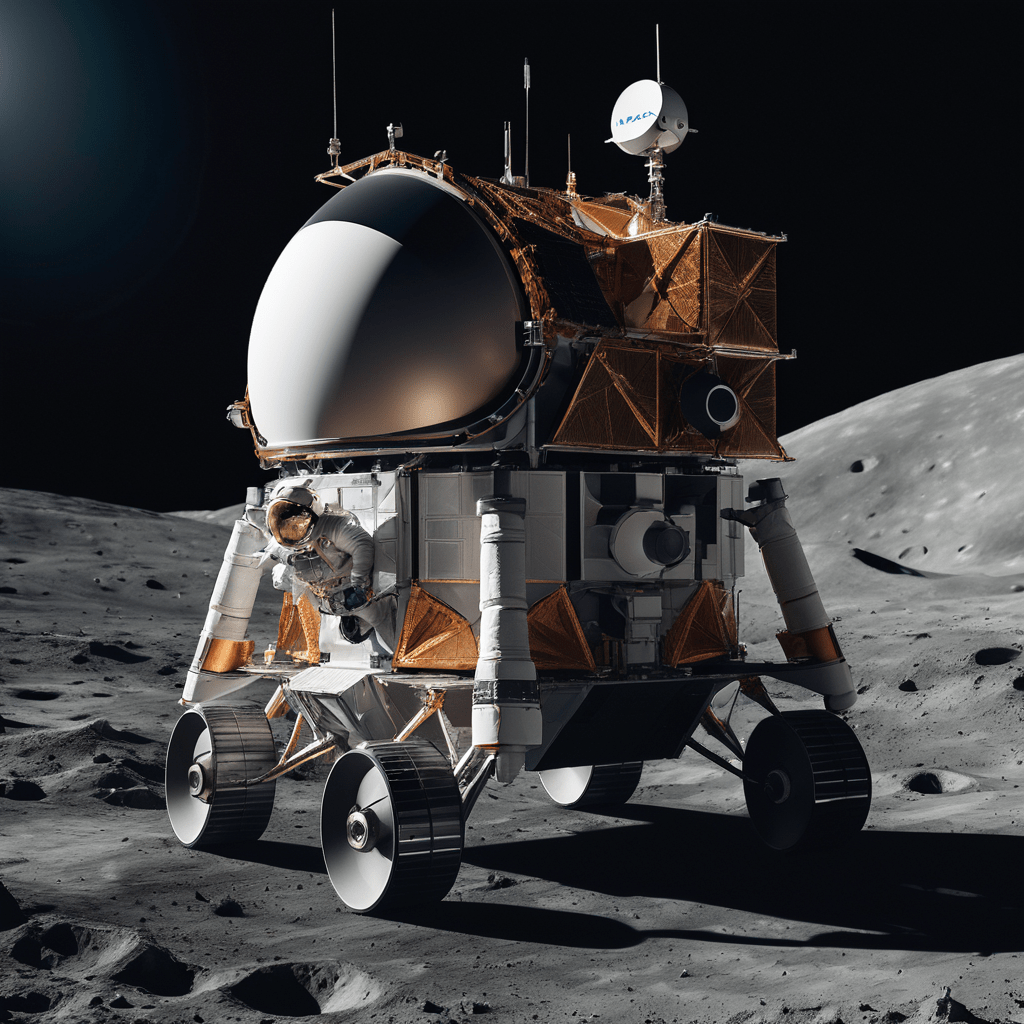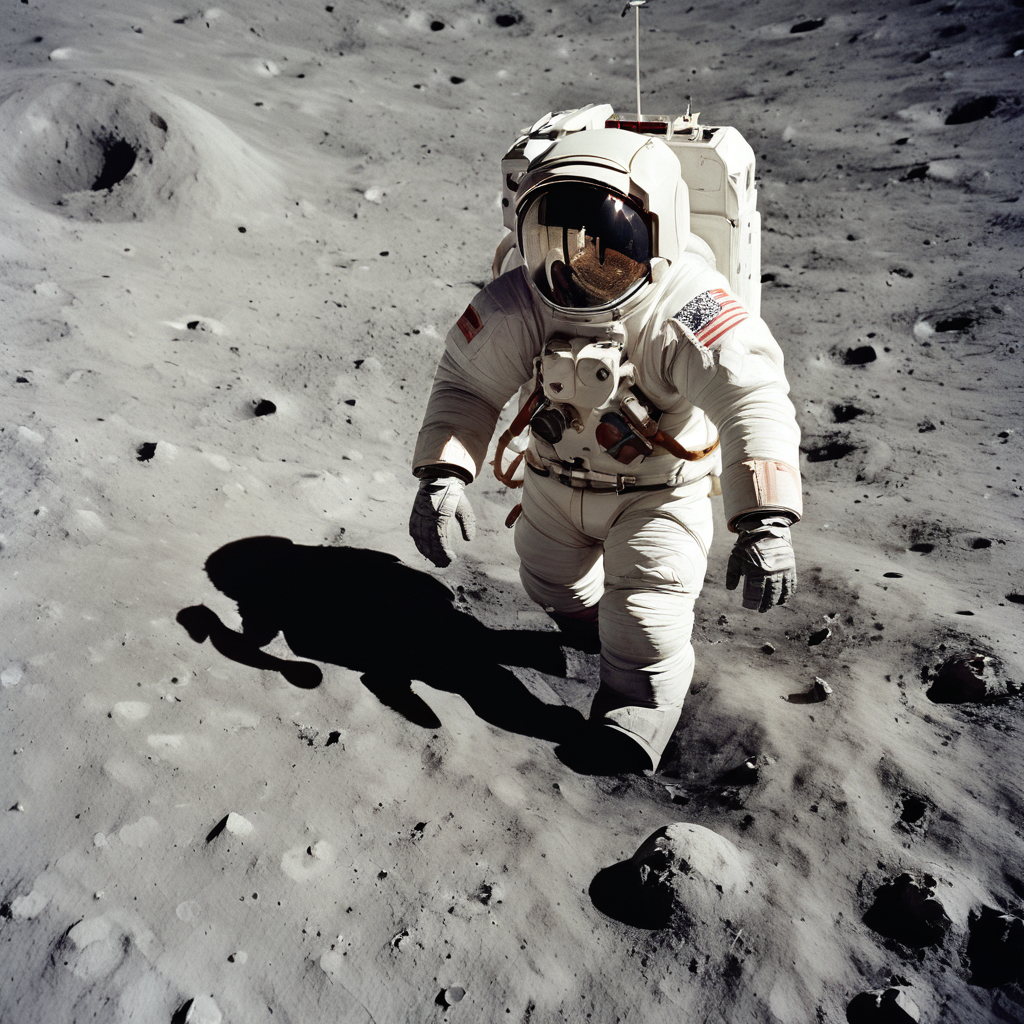On December 14, 1972, the dust finally settled on NASA’s epic Apollo program when the last astronauts to walk on the lunar surface, Gene Cernan and Jack Schmitt of Apollo 17, reluctantly left the Moon behind. As they climbed back into the Lunar Module to begin the journey home, Cernan spoke the poignant words: “We leave as we came and, God willing, as we shall return, with peace and hope for all mankind.”
The Last Footprints on the Moon
Little did Cernan know, but those would be the last human footprints on the dusty lunar surface for over half a century. Despite his hopeful words about one day returning, NASA’s crewed exploration of the Moon fell into a 51-year hibernation after the final Apollo missions.
It would take until November 2022 and the launch of Artemis 1 for NASA to finally take the first steps toward sending humans back to the lunar surface. So what happened? Why did it take the United States a staggering 51 years to refocus its sights on Earth’s nearest celestial neighbor after the astounding accomplishments of the 1960s and early 1970s?
The End of the Space Race and a Shift in Priorities
When newly-elected President John F. Kennedy boldly declared in 1962 that America would put a man on the Moon by the end of the decade, it lit a fire under NASA and ignited a technological and scientific surge to beat the Soviets to that grand prize.
After Neil Armstrong’s historic “one small step” on July 20, 1969, the space race lost much of its urgency. With the prize of the decade achieved, NASA had completed its key mission as political pressure and public enthusiasm began to dwindle. The final three Apollo missions after that were incredibly productive from a scientific standpoint, but the Space Age had lost its luster with the American people.
Additionally, the massive expense of the Apollo program at over $25 billion made it unsustainable in the long term. After achieving the goal of crewed lunar landings, NASA’s budget was sharply cut and the agency was forced to massively scale back its ambitious plans. Talk of building permanent lunar bases or traveling to Mars was put on the back burner.
The Post-Apollo Era
In the wake of the final Apollo missions in 1972, NASA transitioned to smaller, cheaper space initiatives with the introduction of projects like Skylab (the first American orbital space station) and the jointly developed Apollo-Soyuz mission with the Soviet Union in 1975.
The agency’s new focus was on reusable spacecraft and infrastructure projects like the Space Shuttle and the International Space Station (ISS). While the Space Shuttle program delivered many milestones over its 30-year run, it was designed for low-Earth orbit missions and couldn’t return humans to the Moon.
There were some half-hearted attempts to re-initiate crewed lunar exploration in the aftermath of Apollo. In 1989, President George H.W. Bush announced the ambitious Space Exploration Initiative to establish a lunar base in the 2000s and eventually send astronauts to Mars.
However, this idea never gained traction due to sticker shock over the projected costs and less than enthusiastic backing from Congress. NASA toyed with numerous other lunar plans throughout the 1990s and 2000s, but none came to fruition.
By the turn of the 21st century, over 25 years had passed with no concrete vision or approved program for taking humans back to the Moon.
The Rise of Commercial Space and Project Constellation
In the early 2000s, NASA began a new program called Constellation that finally seemed to have the potential to pick up where Apollo had left off. The plan was for astronauts to first return to the Moon by the 2020s and establish a lunar outpost, then use that as a stepping stone for eventual crewed missions to Mars.
Constellation saw the development of new lunar-capable spacecraft like the Orion capsule and the Ares rockets. However, the program soon ran into budgetary constraints and shifting priorities within NASA and the federal government after the Columbia shuttle disaster in 2003.
By 2010, President Barack Obama’s administration pulled the plug on Constellation and NASA had to go back to the drawing board. Much of the work that had been done on hardware like Orion was shelved while the agency turned its focus to supporting burgeoning private companies like SpaceX in providing transportation to the ISS.
This shift to commercial space providers allowed NASA to divert more resources to its next lunar initiative – the Artemis program. However, the delay caused by stopping and restarting the effort set NASA back over a decade from meeting the ambitious 2020 return to the Moon date envisioned by Constellation.
The Long Road of Artemis and the Future of Lunar Exploration
NASA rolled out its new Artemis program in 2017 after years of internal planning on how best to leverage commercial partners like SpaceX while developing new technologies and systems to enable sustained exploration of the Moon.
While inspired by Apollo, Artemis takes a very different philosophy – embracing commercial and international partnerships, establishing a sustained presence on and around the Moon, and using the lunar surface as a testbed for future crewed missions to Mars.
The program finally achieved a major milestone on November 16, 2022, when the uncrewed Artemis 1 mission was successfully launched on a long-awaited test flight around the Moon to validate the new Orion spacecraft and Space Launch System rocket. If all goes according to plan, NASA is targeting 2024 for the first crewed Artemis lunar landing – finally ending that 51-year gap since the last Apollo mission.
After that, the agency hopes to establish a regular cadence of crewed lunar missions that could potentially see a continuous human presence on the Moon by the end of the 2020s through the construction of habitats and other infrastructure.
Looking beyond Artemis, NASA is collaborating with commercial companies and international space agencies on even more ambitious future goals like extracting and utilizing lunar resources, establishing a permanent outpost on the surface, and eventually venturing onward for the first crewed missions to Mars in the 2030s.
While the pace of lunar exploration has been glacially slow at times over the past five decades, the recent successes of partners like SpaceX in lowering launch costs and increasing access to space appear to have reinvigorated NASA’s passion for the Moon in a way not seen since the Apollo Era.
Fifty-one years is an incredibly long gap for humans to be away from an entire world. But those small steps taken by the Apollo astronauts will eventually be followed by giant leaps made possible by Artemis and future programs – not just for NASA and the United States, but for all of humanity’s shared ambition to explore and settle the final frontier.
Web Hosting for WordPress Website
Choosing the proper web hosting provider is one of those decisions when you create a WordPress website that will determine its success. Your hosting decision may have a significant impact on your site’s performance, security, and scalability. Within this in-depth guide, we will take you through the essential criteria that should be taken into account when choosing WordPress hosting.






